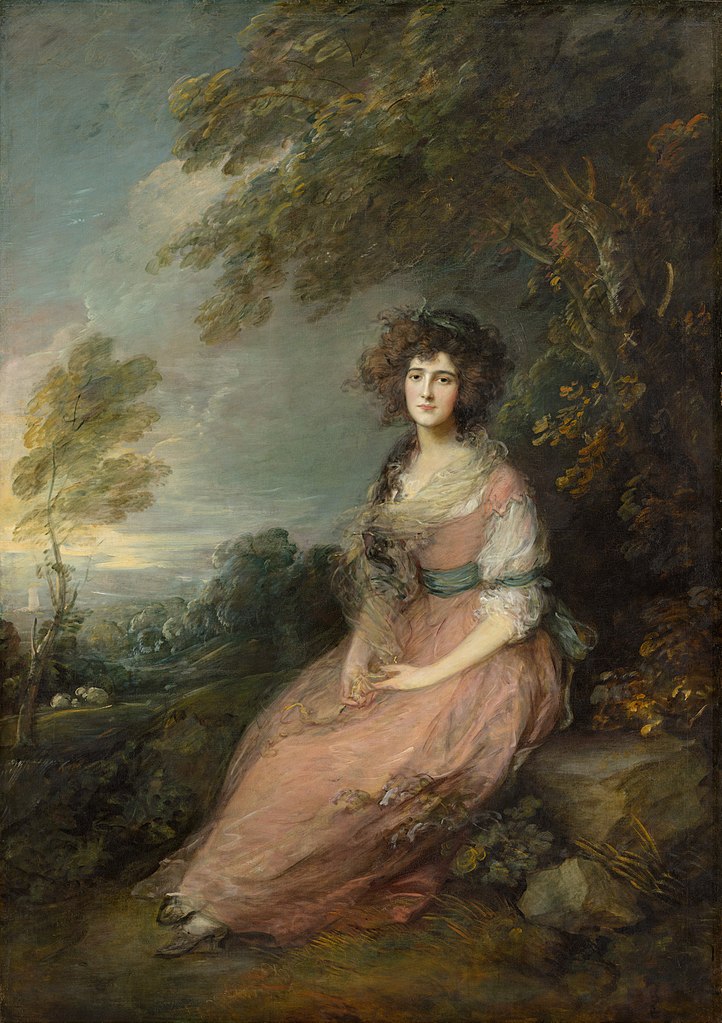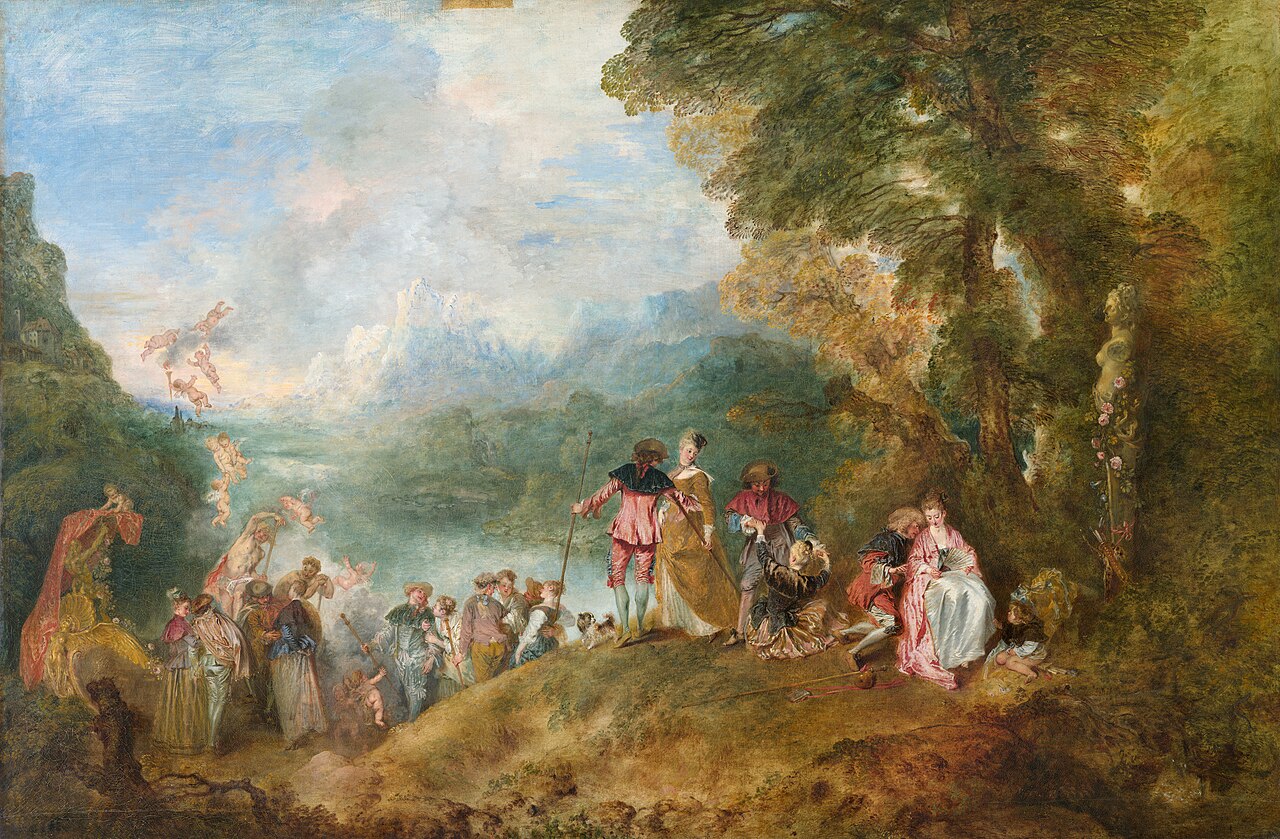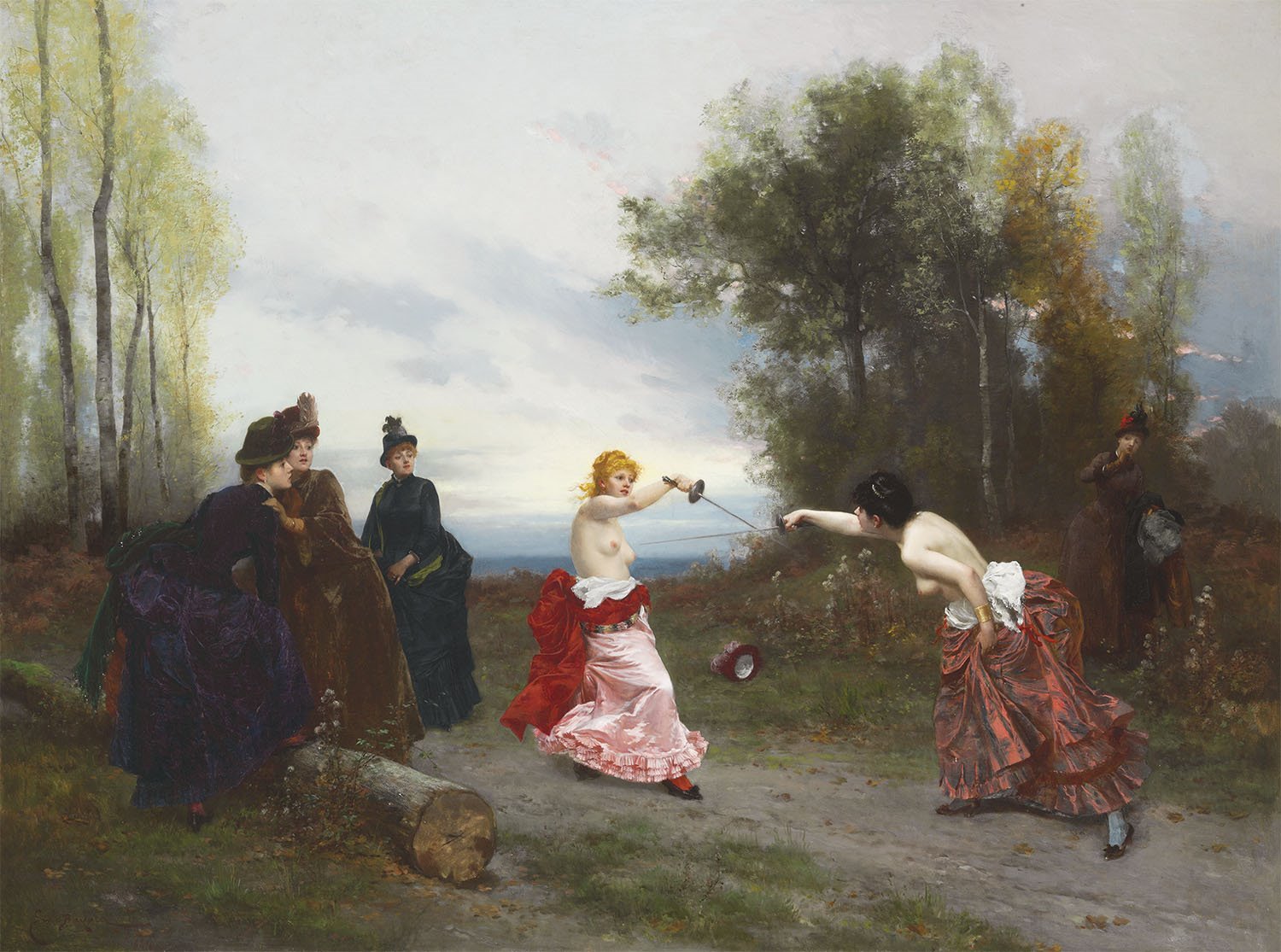
Elisabetta Sirani, the forgotten painter
Most of you probably know Artemisia Gentileschi. Artemisia Gentileschi was one of the few female painters in the 16th century who was highly regarded and is still well-known today. One might think that she was completely unique by being a painter in a time where women were regarded as inferior to men (and let’s be honest: they still are). But there were others: One of them was Elisabetta Sirani.

Elisabetta Sirani was born in 1638 in Bologna into a family of artists and craftspeople. Her father Giovanni Andrea Sirani was an art merchant, an art teacher, but also worked in Guido Renis workshop. So naturally, Elisabetta and her two younger sisters came into contact with art at a very young age. They all received a classical humanistic education. Because women were not allowed into universities and academies the girls were trained by their father. Elisabetta became the most successful of them: Elisabetta started to work as a professional painter at the very young age of only 17!
And don’t believe that – only because she was a woman – that she wasn’t taken seriously. On the contrary: She became one of the most renowned painters of Bologna and was able to secure herself a powerful patron: Cosimo III Medici. Her paintings were also sold in the highest circles of the nobility.
——————————————————————————————————————————————————————————————-
Books
This page includes affiliate links. If you click and purchase, I may receive a small commission at no extra cost to you.



——————————————————————————————————————————————————————————————-
Women were not allowed to study at the academy so her solution was to found her own academy – women only. In 1654, when she was just 16(!), she had to take over her father’s workshop: she supervised his male apprentices and became the main provider when he fell ill and wasn’t able to work any more. Very soon she outshone her father as a painter. Unfortunately her life was cut short: She died suddenly at age 27. That she was buried in the same tomb as Guido Reni showed that – at the time – she was seen as equal to one of the most outstanding painters of the Bolognese school. Despite her outstanding reputation amongst her contemporaries she is now more or less forgotten.(Puglisi, Woman’s Art Journal, p. 67)
During her short life she was extremely productive: She painted more than 200 paintings and several hundred drawings. A lot of them were small, devotional paintings for private use. But she also had commissions for large altar paintings: She painted the Baptism of Christ for the Certosa of Bologna, one of only seven painters for the church’s new decoration. She was not even 20.

One thing that was really unusual was that she specialised in history paintings, a field where women were rarely seen. She was the first woman in Bologna to do so. In the 17th century women were seen as inferior even in the moderate and rather progressive climate of Bologna: Women were considered as inferior, as „biologically incapable of true creation“. Therefore portraits were seen as most appropriate female métier, along with still lives. They don’t require creativity because they were regarded as mere reproduction of nature instead of true invention of the mind. (Bohn, p. 58) But history painting was seen as the greatest intellectual branch of art, a branch a woman usually was considered incapable for.
The second factor which distinguished her paintings was her choice of subjects. Her favourite subject was strong heroines from mythology and the bible: Circe, Cleopatra, Delilah, Judith and Holofernes. Also she often depicted lesser-known subjects in her paintings.

For example here in this painting: Timoclea. Timoclea was commissioned in 1659 by Andrea Cattalani, a banker and collector in Bologna. It was supposed to be a pendant for her painting „Judith showing the head of Holofernes to the Israelites“. Cattalani owned a couple of Siranis paintings and she was the only female painter he showed interest in (Bohn, p. 61).
Sirani depicts a unique scene of Plutarchs story. Timoclea of Thebes, sister of Theagenes of Boeotia, was raped by one of Alexander the Great’s captains. After the rape her assailant asked her if she knew of any hidden money. She told him that she did, and led him into her garden where she told him that there was money hidden in her well. The captain stooped to look into the well and Timoclea pushed him down into it. She killed him by hurling heavy stones down on him. (Plutarch, Life of Alexander). The revenge act of Timoclea has never been depicted before in Italy.
Usually a later scene of the rarely painted subject is depicted where Timoclea stands on trial before Alexander the Great.

But Sirani depicts an earlier moment when Timoclea pushes this said captain into the well.

There is a similar etching by Mattheis Merian which preceded her painting. The similarities are striking, so that we can safely assume that she knew this little illustration by the Swiss-born engraver who worked in Frankfurt, Germany.
Timoclea, with dark, orderly hair and in a dark dress, stands in front of a wall. We can see a corner of an antique temple behind the wall and some roughly painted cypress trees. Timoclea is clothed in a plain, contemporary dress with pearl earrings and the typical headwear of a woman in the 17th century bologna. Her rapist on the other hand, whom she is pushing into the well, is clothed in typical antique-ish uniform with a red cloak.
Sirani concentrated the scene of Merian’s Illustration by eliminating most of the background and by enhancing the drama of the scene: Instead of just sliding into the well Sirani emphasized the futility of the attempt of the helpless soldier who is trying to save his life by grabbing the rim of the well. In contrast she reduced the movement of Timoclea who stands statue-like behind the well. She appears calm, detached from her deed while he is obviously frightened, agitated, and desperately trying to hold on to the rim of the well which eventually will fail.

There is a stark contrast between his colourful attire and her dark, modest dress, as well as his unstable position, his emotional expression, compared to her indifferent face and her calm, statue-like posture.
The whole painting is highly dramatic with brillant colours and strong contrasts of light and shadows and even disturbing and violent. The eroticised portrayal of women in history paintings is negated here and replaced with “atypical” female virtues as courage and intelligence: traditionally women were seen as weaker, flawed sex whose strongest virtues were “obedience”, „modesty“, and „chastity“(Bohn, p. 63). But here we see a dispassionate female protagonist whose „erect posture and unruffled demeanor contrast in every way with the ungainly pose of the captain, who tumbles, heels over head and legs askew, into the well.“ (Bohn, p. 62) Timoclea is depicted as one of the strong heroines Sirani loved so much. There is nothing obedient about her. Nothing submissive, nothing weak. Here we see a woman who takes matters of revenge into her own hands instead of waiting for a saviour. She is responsible for her own fate. The whole energy, the matter-of-factliness of Timoclea, who takes revenge on her rapist, reminds of Gentileschi’s heroines who „lacked the stereotypical „feminine“ traits—sensitivity, timidness, and weakness—and were courageous, rebellious, and powerful personalities.“ As her older counterpart she depicts women as equal to men.
________________________________________________
Literature:
Wikipedia, Artemisia Gentileschi
Wikipedia, Elisabetta Sirani
Wikipedia, Giovanni Andrea Sirani
Babette Bohn, The antique heroines of Elisabetta Sirani, Renaissance Studies, Vol. 16, No. 1 (MARCH 2002), pp. 52-79 (28 pages)
Catherine R. Puglisi, Elisabetta Sirani ‘Virtuosa’: Women’s Cultural Production in Early Modern Bologna By Adelina Modesti, Woman’s Art Journal 67, Spring/Sunmmer, p. 67-68
https://www.kunstgedanken-magazin.de/kuenstler_innen/articles/elisabetta-sirani.html



